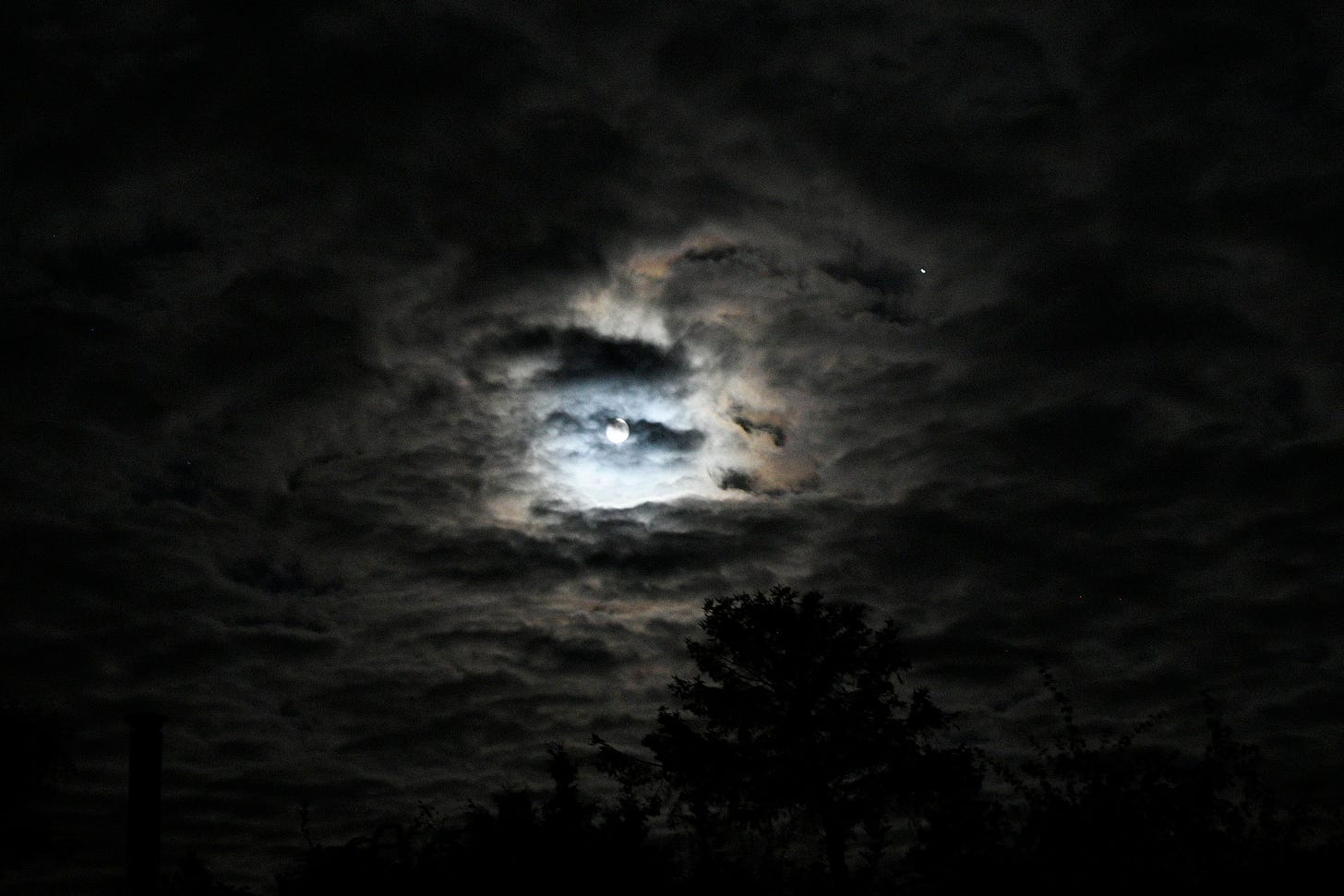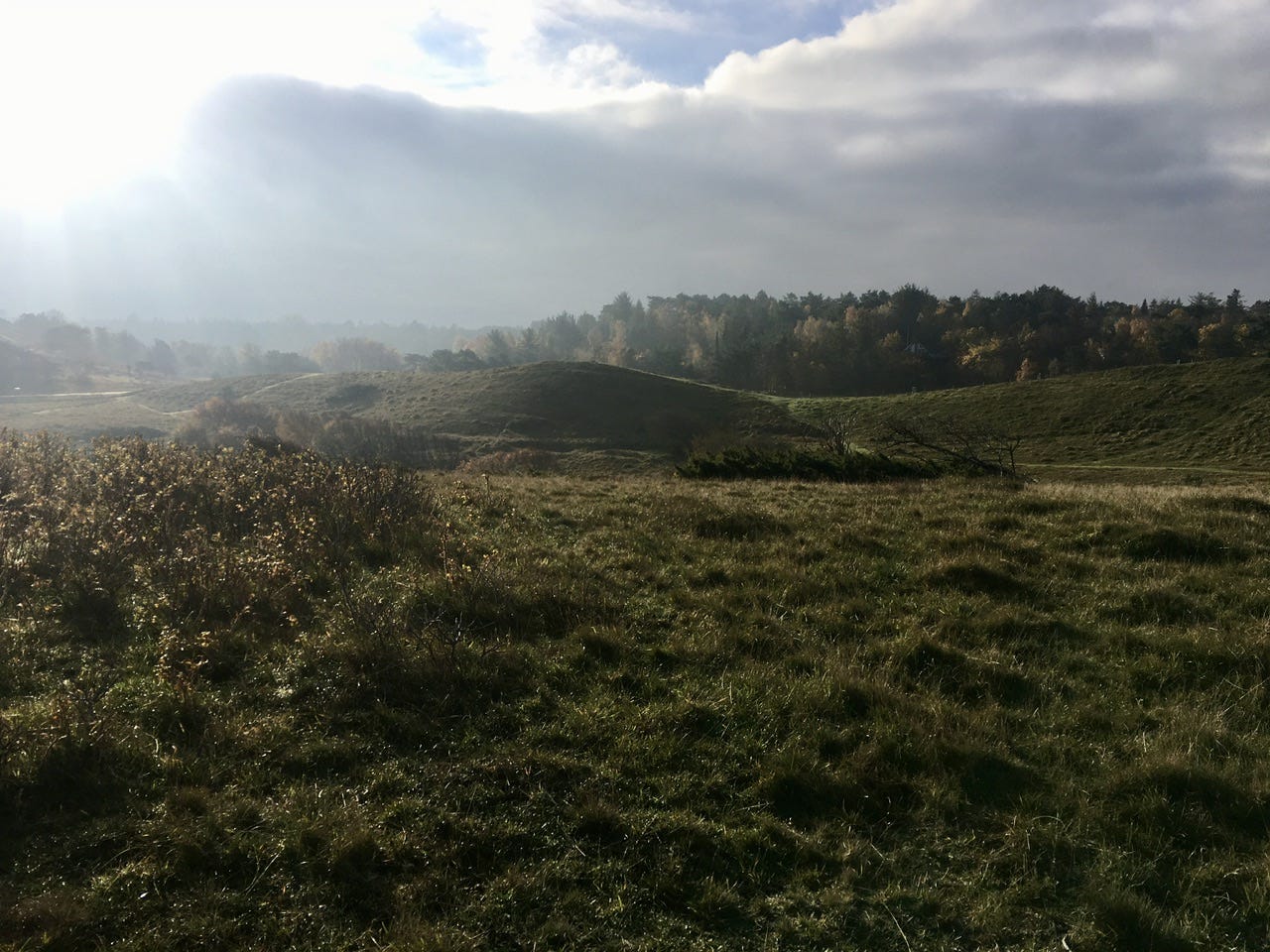Introducing "Stars Without Cars"
A Series on Dark Sky Places that Lack or Restrict Automobile Use
Several of Europe’s official International Dark Sky Places (IDSPs), certified by DarkSky International, also ban or strictly limit the use of personal motor vehicles. Furthermore, these IDSPs are neither uninhabited nor inhabited solely by (say) the Amish or hunter-gatherers; on the contrary, most of them offer modern amenities like Internet, electricity, running water and supermarkets with products brought to you via global supply chains. (N.B. I have excluded the Dark Sky Sanctuary of Bardsey Island from the forthcoming series, since my personal interest lies in communities that model possibilities for enjoying modern technology and markets at the same time as choosing to forgo both automobile reliance and excessive outdoor lighting.)
Out of these IDSPs, two – the Channel Island of Sark and Germany’s Spiekeroog – ban all personal automobiles, even for residents. Two others, Denmark’s Anholt and Scotland’s Isle of Rum, permit residents but not visitors to use cars; they are thus very suitable to cyclists and pedestrians and, due their very small populations, share many of the benefits of completely car-free places. As honorable mentions, I have also included the Netherlands’ Lauwersmeer National Park (i.e. the gateway to the car-lite and tastefully lit island of Schiermonnikoog) and Denmark’s Nyord (which is not well suited to car-free living but heavily limits vehicle usage in its tiny village).
The “Stars Without Cars” series is now complete. Click the links above to read more about each of the (mostly) car-free IDSPs, or see the Table of Contents below.
The Motivation Behind the Series
Like most Americans, I spent much of my life taking for granted that if a person wants to experience a night sky full of stars, they need to get into their car and drive far away from city lights. I had grown up in what was then a fairly dark spot in the country — my parents occasionally had relatives over for meteor shower parties, complete with wine coolers for the adults — where everyone relied on cars (or trucks or vans) for any errand imaginable. Even to go for a walk, it was necessary to drive.
Years later, when I first began to consider going car-free, I lived beneath Bortle class 8-9 skies in a large city, and it seemed unthinkable that I would ever to be able to experience dark skies without hiring a car from time to time. Before my fateful first trip to Denmark, if I had been asked to imagine someone who lived away from light pollution and yet did not own a car, I probably would have conjured an image of either an Amish community or Unabomber — someone who rejected modern civilization and technology all-out. It would have seemed farcical to picture, say, a cyclist with a MacBook in her rucksack, riding home beneath the f’ing Milky Way after an afternoon spent working over an organic oat-milk latte on the WiFi at a local coffee shop.
Imagine my surprise, then, when I first saw the Milky Way in the Europe continent, in an area near Denmark’s North Zealand coast — a destination that I had reached easily and smoothly by a series three trains from the Copenhagen Airport. It was a place where I could easily conduct all my day-to-day errands with nothing more than a bike and my own two feet for transportation, and it was also a place where I had cellular service and could work remotely from a strong Internet connection. And, yes, it was even within cycling distance of coffee shops with vegan lattes. The experience overturned so much that my American-bred mind had believed impossible, and it is no understatement to say that I have never been the same since. It was, to me, the best of both worlds: the transplantation of my cherished car-free “urban” lifestyle into a rural setting under Bortle class 3-4 night skies (and MAGA-free to boot!). Needless to say that there are many good reasons for Americans to want to escape our country, but for me it all began with the revelation that “stars without cars” was possible.
That was the moment of epiphany that ultimately led to my fascination with car-free International Dark Sky Places, but this series will not focus on North Zealand — for two reasons. First, Denmark’s North Zealand region does not contain any official IDSPs (yet) even though it happens to possess some surprisingly dark skies. Second, the region is far from car-free, and some folks would no doubt consider you an odd duck if you live in the area without a car (even though it’s perfectly doable, and there is often excellent infrastructure for cyclists and pedestrians, such as dedicated bike lanes and footpaths). The main problem is this: it would be a project far too vast even to attempt to write series on places where it happens to be possible both to see the Milky Way and live without a car. Whether or not any such places exist in the US, Europe alone is chock full of them. It is far more tractable to write about places that happen to be both IDSPs and car-free (or nearly so) — and that will provide us with a few strong cases that suffice for the proof of possibility that I am after.
…for this series is indeed, for me, all about the proof of possibility — that, even in the modern world, we can have “stars without cars.” But you may read it as you will. It will be written as a travel guide, and I suspect that even the most confident drivers might sometimes prefer to save themselves the expense and hassle of a rental car. If they happen to be interested in astrotourism, they might like to know about these IDSPs where they will be guaranteed not to need a car. Moreover, practical issues aside, there is indeed something special about experiencing dark skies in a place that it is also (mostly) car-free. It is, for one, much safer — making it possible to wander freely beneath the starry skies without the risk of being struck by an automobile. It is also much quieter, and thus all the better to detach from the world of machines and feel absorbed into the cosmos. And, finally, there is no risk of having your night vision ruined by the passage of blinding headlights. Yet despite its potential interest to would-be tourists, this forthcoming short series is not necessarily meant only for them. It can alternatively be read simply as a snapshot of what it is to live in a (mostly) car-free IDSP — how to get to and from it, how to get around within it, and what sorts of amenities are available… the proof of possibility.
The Series
Here is the complete series of Stars Without Cars — until, that is, more car-free or partially car-free places become recognized as International Dark Sky Places:
Stars Without Cars 1: Sark
The car-free, streetlight-free Channel Island that become the original Dark Sky Island.
Stars Without Cars 2: Insel Spiekeroog
The first International Dark Sky Place among Germany's car-free East Frisian Islands.
Stars Without Cars 3: Anholt
Denmark's most isolated island, which permits car use only for its 130-ish permanent residents.
Stars Without Cars 4: The Isle of Rum
A Dark Sky Sanctuary in the midst of Scotland's Small Isles, which prohibit car use for visitors.
Stars Without Cars: Honorable Mentions
The Netherlands' IDSPs adjacent to its car-lite islands, and an even smaller car-lite Danish island.











